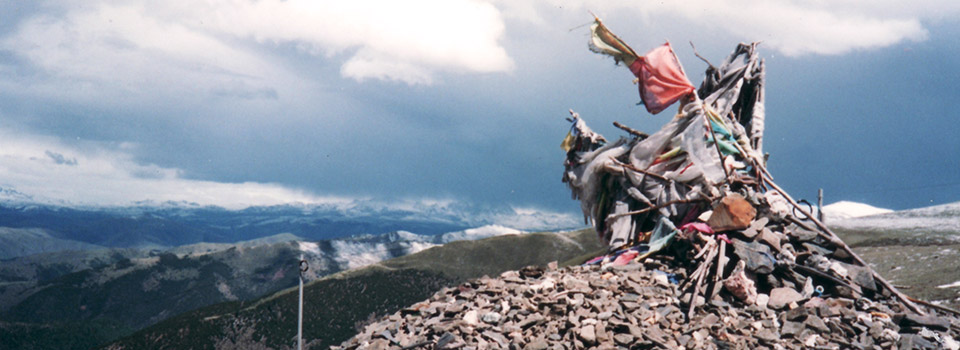Re: Megalithic service stations?
And please factor in the effect of organic compounds (sh*t) into the equation!
Click the above logo to return to the main site
https://www.themegalithicempire.com/forum/new/
https://www.themegalithicempire.com/forum/new/viewtopic.php?f=2&t=1625
Mick Harper wrote:And please factor in the effect of organic compounds (sh*t) into the equation!
Martin wrote:As with copses (= coppices), springs are more or less eternal. When the Catholic monks commandeered the drovers' roads many of the springs became church property and drinking troughs conveniently placed alongside became church coffers. All droving routes were predicated on a day's journey.
Donna wrote:The term “maiden” is becoming an increasingly mysterious term as orthodoxy finally rids itself of the various folkloric guesses that currently festoon place-name theory. They are almost but not quite at the stage of “We don’t know”. Is this one associated with trees as the name implies? I ask because most of the chalk-country stuff I am familiar with is notably tree-free.
Martin wrote: As with copses (= coppices), springs are more or less eternal. When the Catholic monks commandeered the drovers' roads many of the springs became church property and drinking troughs conveniently placed alongside became church coffers. All droving routes were predicated on a day's journey.
Stuart wrote:Travellers and people keeping a low profile such as eco-warriors give directions to fellow-subversives with pieces of cloth, discreetly in their case.
